In the last decade, new digital tools have been undercovered new opportunities for designers to explore new architecture and urban design possibilities. This presentation aims to provide a general overview of new theoretical frameworks applied to heat; this includes regenerative design concept. Moreover, this post includes different industry and academia examples that underpin the use of new tools applied to specific issues related to heat.
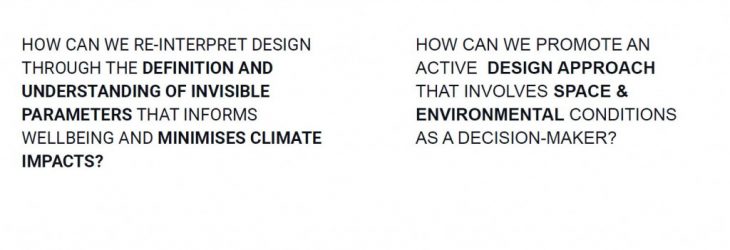

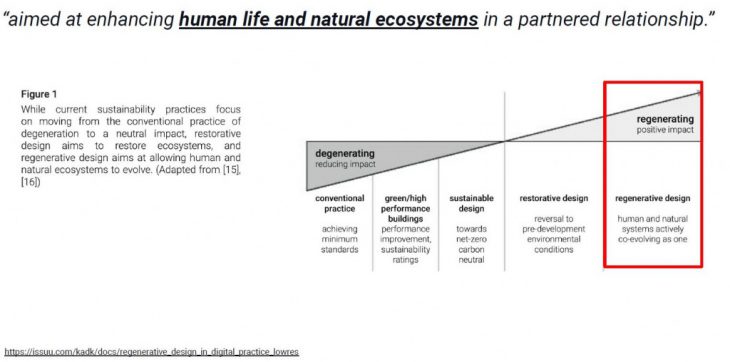
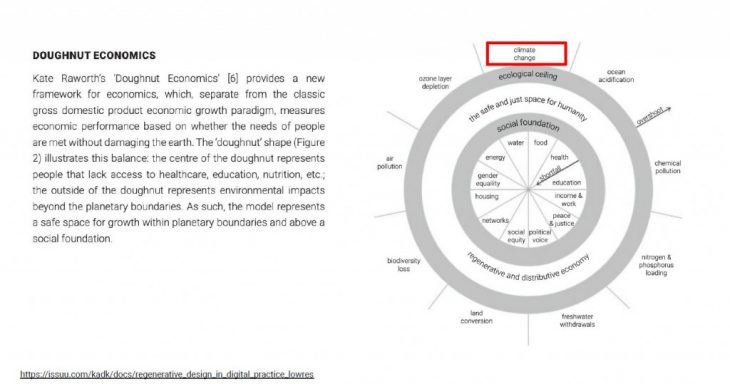
The understanding of different microclimate at different scales provides the ability to inform design in a better way and minimise drastic environmental conditions that affect urban and natural ecosystems. From an urban scale, heat data helps to understand the solar impact in public spaces and identifies landscape strategies to minimise the impact. Moreover, with the implementation of parametric design modelling, solar envelopes can be defined as building geometry that maximises specific goal targets. An example can be maximising solar radiation to the facades of a building to implement renewable energy strategies.
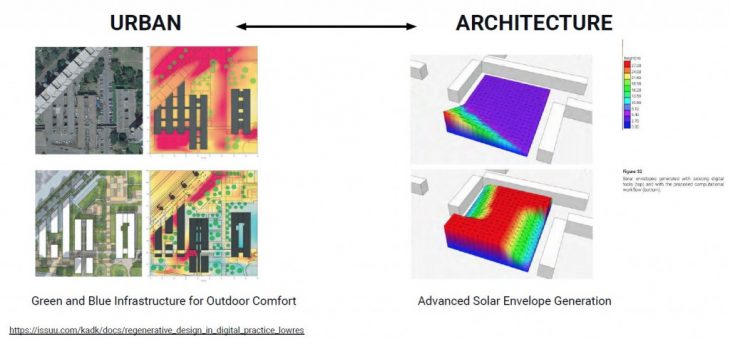
Case Studies
Solar Cities – MIT Senseable City Lab
“Temperate cities like Singapore or Hong Kong are well suited for expanded applications of solar energy. With developments in semi-transparent photovoltaic-cells, we may soon see glass building façades transformed into solar energy harvesters while simultaneously providing passive shading.
Focusing on previously under-explored factors such as the albedo (reflectivity) of the urban landscape, we propose a model to more fully assess the spatiotemporal variation in the solar potential of cities: from the roof-tops and facades down to the street-level.” MIT Senseable City Lab (2019)
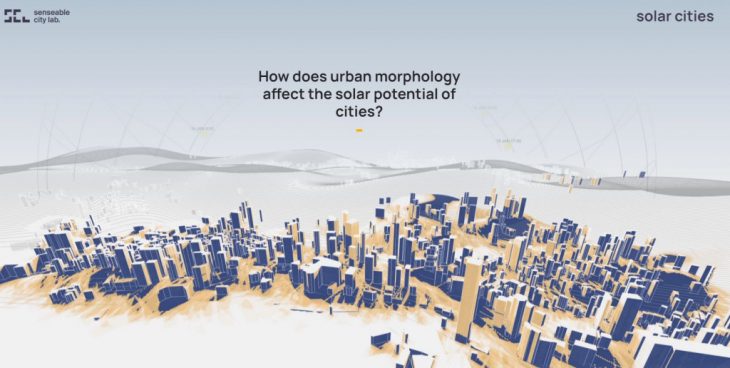
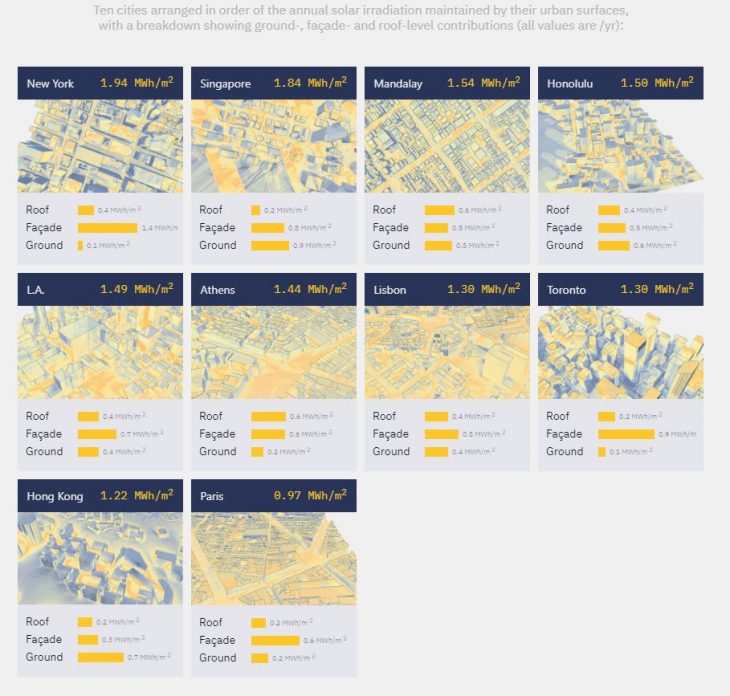
DS+R – Zaryadye Park, Moscow
Different microclimate conditions have been explored in the design and implementation of this park in order to improve the natural conditions throughout the year and different seasons. These four microclimates regulate the temperature by minimising wind and simulating daylight in progressive zones. These climates provide the park’s potential use through the different seasonal year; in addition, urban elements can be implemented to maximise urban comfort.

References:
-
http://senseable.mit.edu/solar-cities/
-
https://www.archdaily.com/880256/moscows-new-pathless-park-by-diller-scofidio-plus-renfro-artificially-creates-microclimates
“Heat & Light” is a project of IAAC, Institute of Advanced Architecture of Catalonia developed at Master In Advanced Computation For Architecture & Design in 2020 by:
Students: Felipe Romero
Lead Faculty: Jane Burry